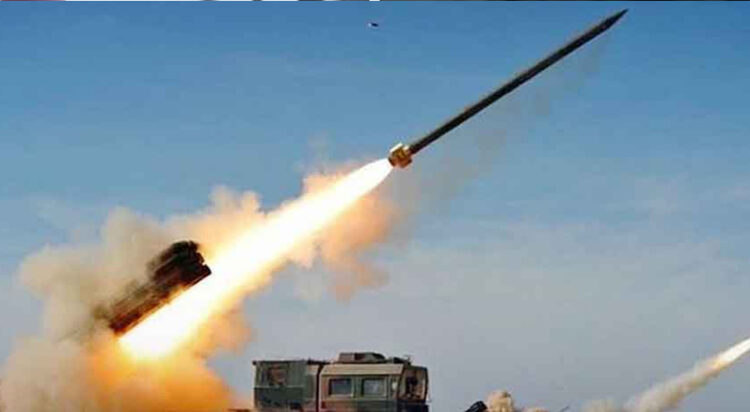The Pakistan Fatah missile system is a family of guided multiple launch rocket systems (GMLRS) developed indigenously by Pakistan, with two main variants: Fatah-I and Fatah-II.
The Fatah-II is an upgraded and more advanced version of the Fatah-I, officially tested in December 2021 and inducted into service by early 2024.
Fateh-1 is a short-range missile capable of striking targets up to 150 kilometres, providing rapid response capability against nearby threats. The Fateh-2, a more advanced version, boasts a range of up to 400 kilometres, significantly extending Pakistan’s ability to deter and respond to regional hostilities.
What sets the Fateh-2 missile apart is its satellite-guided targeting system, which allows for greater accuracy and precision in hitting designated targets.
The missile is fired from a mobile launcher, allowing quick repositioning and flexibility. Initially guided by inertial navigation, the missile receives mid-course corrections via satellite navigation to maintain an accurate flight path.
The missile follows a flat, low-altitude trajectory to reduce radar detection and interception chances.
In the final phase, a terminal guidance system adjusts the missile’s path for precise targeting.
The missile strikes its designated target with high accuracy, capable of destroying high-value military assets.
It should be noted that Pakistan, in the recent military operation Bunyan-un-Marsoos, used its Fatah missile system and destroyed several Indian military installations.




































